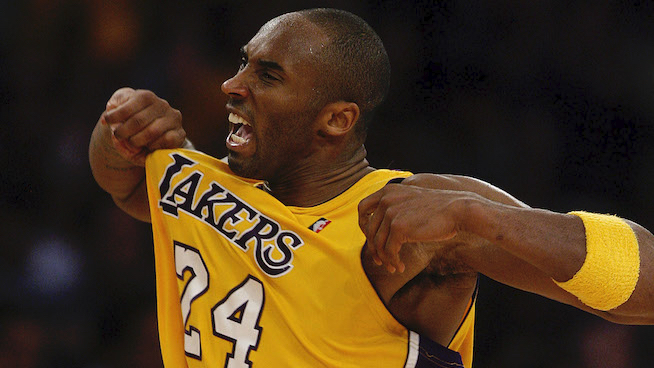Return Strategies
Whether you prefer to volley from the baseline or attack the net, you’ll need a game plan entering each match or you’ll lose points faster than John McEnroe loses his cool.
Brian Boland, head tennis coach at the University of Virginia, is an expert when it comes to court tactics. His game plans are a big reason why the Cavaliers men’s team held the No. 1 ranking during all of 2008, before being upset in the NCAA semifinals.
Follow along as the ’08 Intercollegiate Tennis Association Coach of the Year shares tips on returning an opponent’s serve.
STACK: What is the game plan for returning a serve?
Brian Boland: If somebody has a big serve, we might want to give ourselves a little more time. Instead of standing in a conventional formation—a foot from the baseline—back up a little more. Give yourself that extra half-second to return the ball.
STACK: How does that differ from facing an opponent with a weaker serve?
BB: If someone has a weaker serve, you want to make sure you can get to the ball a little earlier to take your opponent’s time away. You can step inside the baseline—again in the same ready position, everything out front, in a very balanced, wide base—then take a split-step and move forward. Your swing will depend on how much time you have. The general thought is that you want to have a short backswing on the return of the serve, and always move forward.
STACK: Do your players read their opponents’ tendencies?
BB: That’s something that, in college tennis, coaches are able to help you with—to pick up the tendencies in your opponent so that you can hopefully make adjustments as the match goes on. Coaches can help with those tendencies and pick up on what they like to do in certain situations. As you become a better player, you read those tendencies better.
RECOMMENDED FOR YOU
MOST POPULAR
Return Strategies
Whether you prefer to volley from the baseline or attack the net, you’ll need a game plan entering each match or you’ll lose points faster than John McEnroe loses his cool.
Brian Boland, head tennis coach at the University of Virginia, is an expert when it comes to court tactics. His game plans are a big reason why the Cavaliers men’s team held the No. 1 ranking during all of 2008, before being upset in the NCAA semifinals.
Follow along as the ’08 Intercollegiate Tennis Association Coach of the Year shares tips on returning an opponent’s serve.
STACK: What is the game plan for returning a serve?
Brian Boland: If somebody has a big serve, we might want to give ourselves a little more time. Instead of standing in a conventional formation—a foot from the baseline—back up a little more. Give yourself that extra half-second to return the ball.
STACK: How does that differ from facing an opponent with a weaker serve?
BB: If someone has a weaker serve, you want to make sure you can get to the ball a little earlier to take your opponent’s time away. You can step inside the baseline—again in the same ready position, everything out front, in a very balanced, wide base—then take a split-step and move forward. Your swing will depend on how much time you have. The general thought is that you want to have a short backswing on the return of the serve, and always move forward.
STACK: Do your players read their opponents’ tendencies?
BB: That’s something that, in college tennis, coaches are able to help you with—to pick up the tendencies in your opponent so that you can hopefully make adjustments as the match goes on. Coaches can help with those tendencies and pick up on what they like to do in certain situations. As you become a better player, you read those tendencies better.











